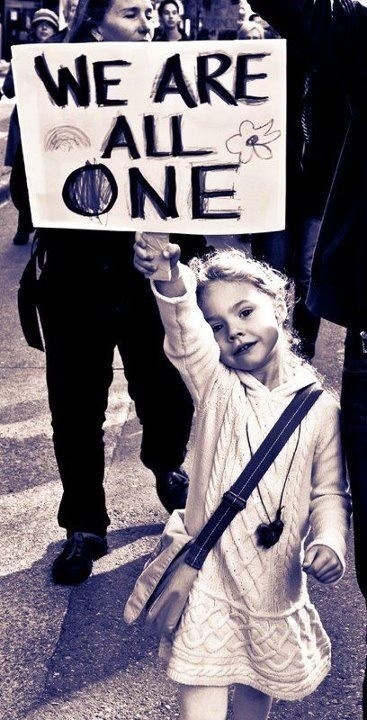The Many Uses of Mindfulness: Resilience

From time to time a word or phrase may become the focal point of attention and discussion in our culture. It seems to go in cycles as new, fresh descriptors are brought into popular use. One of the new words being discussed in terms of human performance and health and wellness is “resilience”. Resilience is defined by Wikipedia as: “Psychological resilience is an individual’s tendency to cope with stress and adversity.[1] This coping may result in the individual “bouncing back” to a previous state of normal functioning, or simply not showing negative effects.[2] A third, l conception of resilience is sometimes referred to as ‘post traumatic growth’ or ‘steeling effects’ wherein the experience of adversity leads to better functioning (much like an inoculation gives one the capacity to cope well with future exposure to disease). Resilience is most commonly understood as a process, and not a trait of an individual.[3]
Recently there has also been evidence that resilience can indicate a capacity to resist a sharp decline in other harm even though a person temporarily appears to get worse.[4][5] A child, for example, may do poorly during critical life transitions (like entering junior high) but experience problems that are less severe than would be expected given the many risks the child faces”.
What is the basic relationship of mindfulness to resilience? There are numerous published studies that go in great length to describe this connection. Since I tend to look for first principles and common denominators I will briefly describe what I believe to be the keys to the connection of mindfulness and resilience.
When we get stuck in the stress cycle we literally freeze up on all levels because of the implicit fear that is experienced as a result of reacting to the survival impulse. The fear takes us out of the present moment as a coping mechanism. This often results in lengthy periods of chronic stress and we don’t return until a conscious effort to return is made. That conscious effort to return to the present moment is called mindfulness. Fear is necessary to help us survive in the short run, but sustained fear over a long period simply perpetuates the frozen experience that comes with flight or flight. Our bodies, minds and emotions lock up, we lose flexibility and resilience and our normal state of flow is interrupted. The key is to know that our normal state is in fact one of flexibility and resilience and that we don’t need to learn it, we simply need to remove the impediments that have blocked the natural way of being. All of life is in a state of flux/change at all times and to resist that because of fear creates all the problems that we attribute to chronic stress. Remove the chronic stress/fear, allow yourself to experience the natural changing nature of life and we return back to our normal state of resilience and flow.
The Many Uses of Mindfulness: Resilience Read More »









